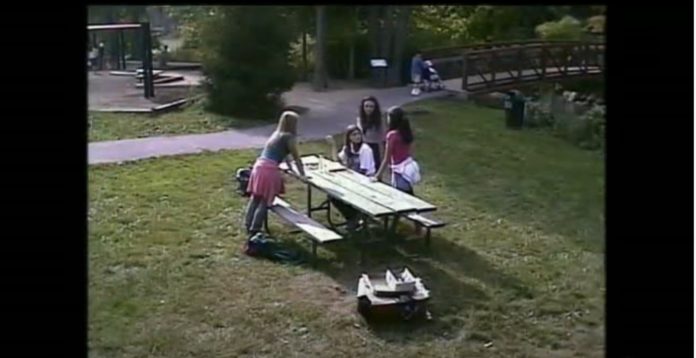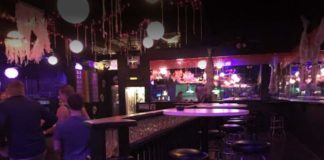There is something so simple and satisfying — not to mention successful — about the TV formula of hidden camera shows. Hidden camera + unsuspecting stranger = laughs.
That winning equation actually predates television, with radio hit Candid Microphone. Once Microphone transitioned to television as Candid Camera, the prank show genre really came into its own as a staple. Granted, most of the pranks on these shows resulted in humiliating circumstances for the unsuspecting victim, whether it was celebrities on MTV’s Punk’d or New York pedestrians (and more celebrities) in Adult Swim’s surreal sketch comedy, The Eric Andre Show. However, one hidden camera series has survived and thrived by taking an uncharacteristically earnest approach: What Would You Do?, hosted by John Quiñones on ABC.
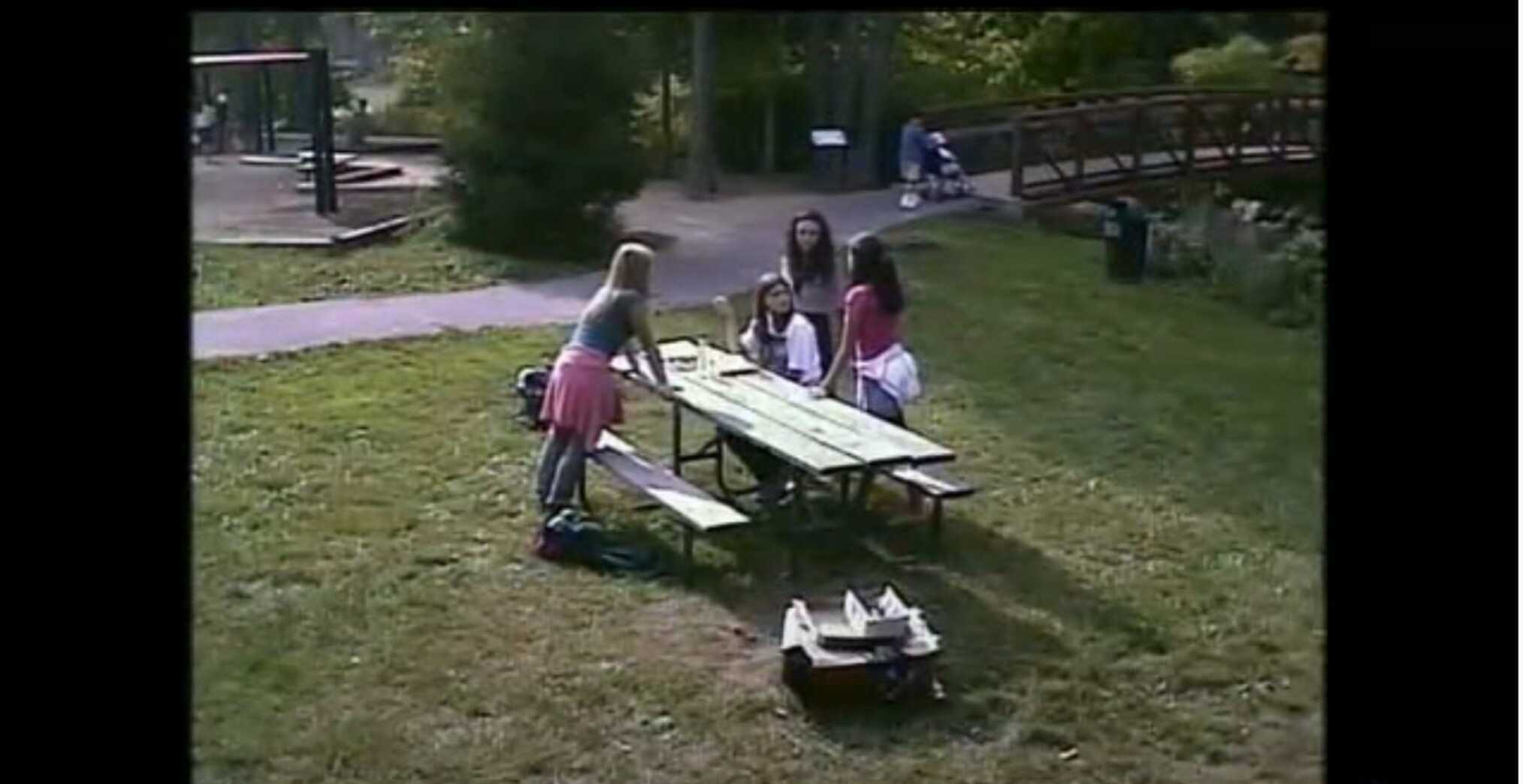
A woman hits the car behind her while parking. A Muslim woman is denied service at a bakery. At a park, three girls verbally attack another girl. These are the scenarios that played out in the first episode of What Would You Do? and are par for the course for all 12 years of the hit reality show. Every episode features actors playing out an alarming scene in public — the conceit of the show centers around whether the real people around them will intervene. Many do, which leads to shock, delight, and even tears when John Quiñones breaks up the scene and reveals, “it’s What Would You Do. They’re actors.”
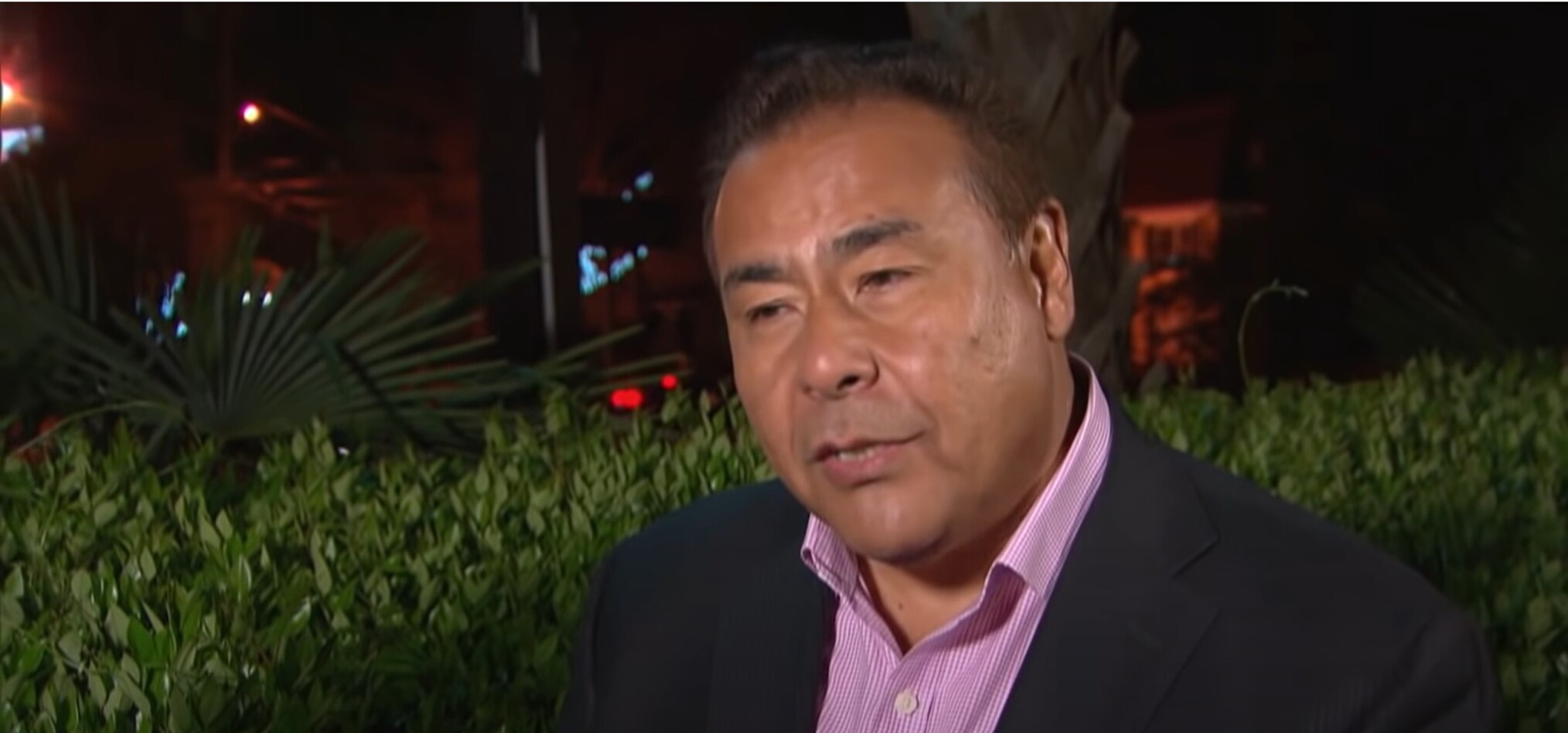
There is a clear answer to the titular question of “what would you do” — you should intervene and try to help. Whether this means confronting the situation directly, comforting the victim, or calling for help, the only wrong answer is to be a bystander. While most prank shows aim to shock guests, What Would You Do? makes heroes out of everyday people who help those in distress. Unlike shows that celebrate the chaos caused by their pranks, What Would You Do? props up peacemakers.
What Would You Do? has aired countless scenarios of teenagers getting bullied for being gay and interracial couples being berated by their families. This focus on social issues like racism and homophobia from the show’s very start in 2008 coincides with the beginning of the Obama Administration and what could be considered a turning point for public opinion on gay rights. Although those who intervene are not always progressive on these topics, What Would You Do? makes it clear that public harassment and bullying of marginalized groups is not okay.
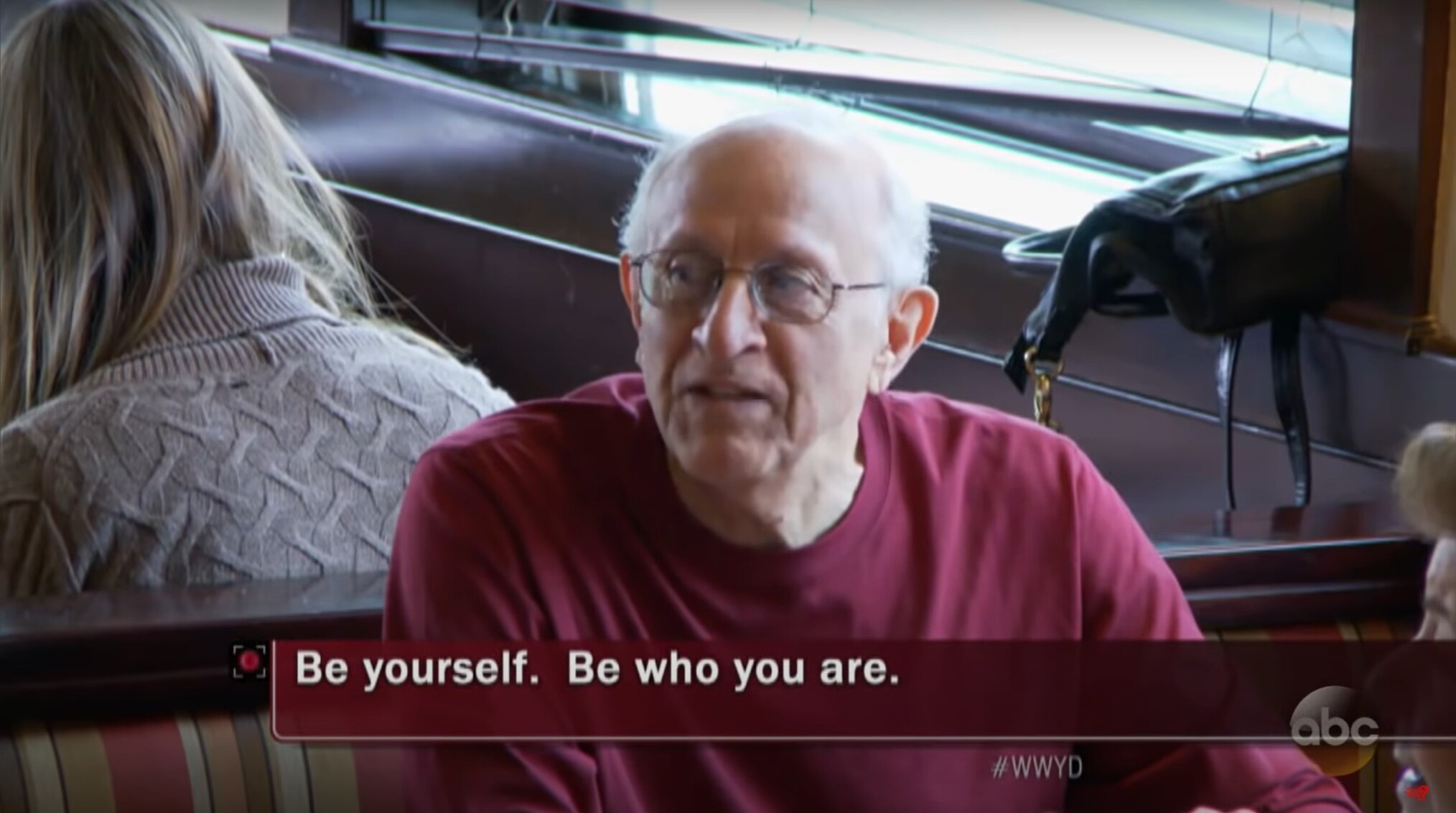
Unlike Punk’d before it, Quiñones allows guests to deliver their own unique message to the world after breaking the scene, like “be kind to people,” “it’s not okay to hate,” and “let people live their lives.” It’s this simple moral center of the show that makes it a uniquely cathartic viewing experience. These messages make the shock of performed bigotry have some moral benefits, at least.
While What Would You Do? has been an undeniable hit, the formula has yet to catch on on other TV shows. Prank shows and reality TV continues to thrive, but What Would You Do? is television’s sole home for social experiments. While YouTubers like JAYKEEOUT and Riceman have used the format the show carved out, no one has comes close to creating that foreboding feeling that Quiñones might be watching to see if you’ll do the right thing.
For now, we’ll be patiently waiting to see if the series returns for a 17th season.
What Would You Do? is available to stream on Hulu, ABC.com.

